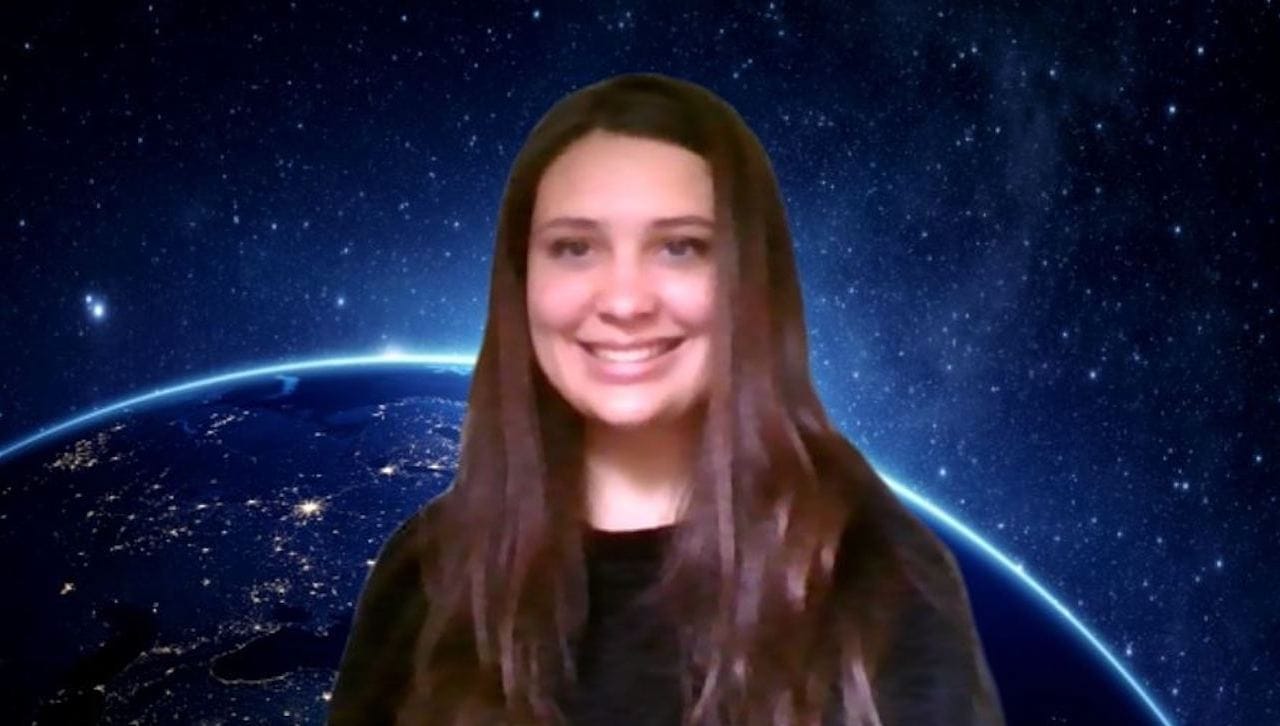NASA Includes Scranton Student Project in Rocket

An atmospheric sensing device built by University of Scranton physics undergraduates will be among those launched into space by NASA in a rocket on June 24, 2021. The device was built as part of a special NASA program called the RockOn Workshop through which students were sent kits to build atmospheric sensing devices, called payloads. The devices were built and tested on campus then sent to the RockOn program headquartered in Colorado.
Three University students, all majoring in physics, participated in workshop: Veronica Romanek, Hampton, New Jersey; Kevin Phiefer, Hamburg, New Jersey; and Ryan Lebron, East Stroudsburg.
Romanek’s device was among the 28 chosen to be launched on June 24th from the NASA Wallops Flight Facility on a two-stage Terrier-Orion rocket to an altitude of about 73 miles. Other devices submitted for RockOn Workshop will be launched in a NASA high altitude balloon in September 2021.
Each of the sensing devices include an accelerometer, gyroscope, Geiger counter and equipment to measure atmospheric pressure, temperature and humidity, as well as a secure digital card to capture data and a gravity switch that will activate the device during the launch. All of the components of the device built by the students had to be tested as part of the project prior to being sent to the workshop.
Following the launches, the devices with the data collected will be returned to the University for the students to then study further.
According to Nathaniel Frissell, Ph.D., assistant professor of physics and electrical engineering at the University, measuring devices used in satellites are often first tested through rocket launches and high altitude balloons, such as those used in the RockOn Workshop.
A recording of Romanek’s Zoom presentation about the RockOn Workshop can be seen here.






